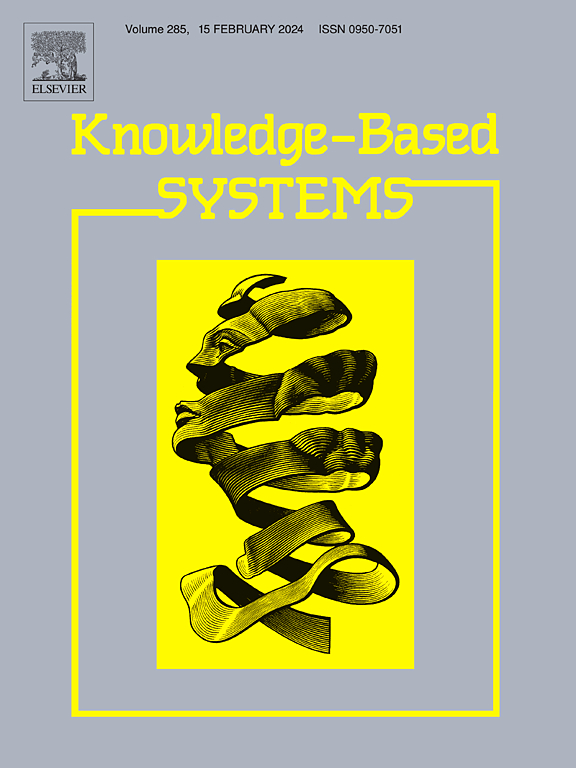Multi-view feature embedding via shared and specific structural contrastive learning
IF 7.2
1区 计算机科学
Q1 COMPUTER SCIENCE, ARTIFICIAL INTELLIGENCE
引用次数: 0
Abstract
Multi-view feature embedding (MvFE) is a powerful technique for addressing the challenges posed by high-dimensional multi-view data. In recent years, contrastive learning (CL) has gained significant attention due to its superior performance. However, existing CL-based methods primarily focus on promoting consistency between any two cross views, thereby overlooking the diversity among views and impeding the simultaneous exploration of both consistency and complementarity. In this study, we propose a novel MvFE method called shared and specific structural contrastive learning (S3CL), which constructs shared and specific losses to capture both shared and specific potential structural information in multi-view data. Additionally, S3CL introduces a novel view-weighting mechanism that adaptively assigns weights to each specific losses, enabling a discriminative treatment of each view based on its uniqueness and importance in the feature embedding process. Moreover, to fully explore the view-specific structures while avoiding the emergence of pseudo-structures, a residual mechanism of incomplete fitting is employed in S3CL. Experimental results on five real-world datasets validate the superior performance of our proposed method compared to existing approaches.
求助全文
约1分钟内获得全文
求助全文
来源期刊

Knowledge-Based Systems
工程技术-计算机:人工智能
CiteScore
14.80
自引率
12.50%
发文量
1245
审稿时长
7.8 months
期刊介绍:
Knowledge-Based Systems, an international and interdisciplinary journal in artificial intelligence, publishes original, innovative, and creative research results in the field. It focuses on knowledge-based and other artificial intelligence techniques-based systems. The journal aims to support human prediction and decision-making through data science and computation techniques, provide a balanced coverage of theory and practical study, and encourage the development and implementation of knowledge-based intelligence models, methods, systems, and software tools. Applications in business, government, education, engineering, and healthcare are emphasized.
 求助内容:
求助内容: 应助结果提醒方式:
应助结果提醒方式:


